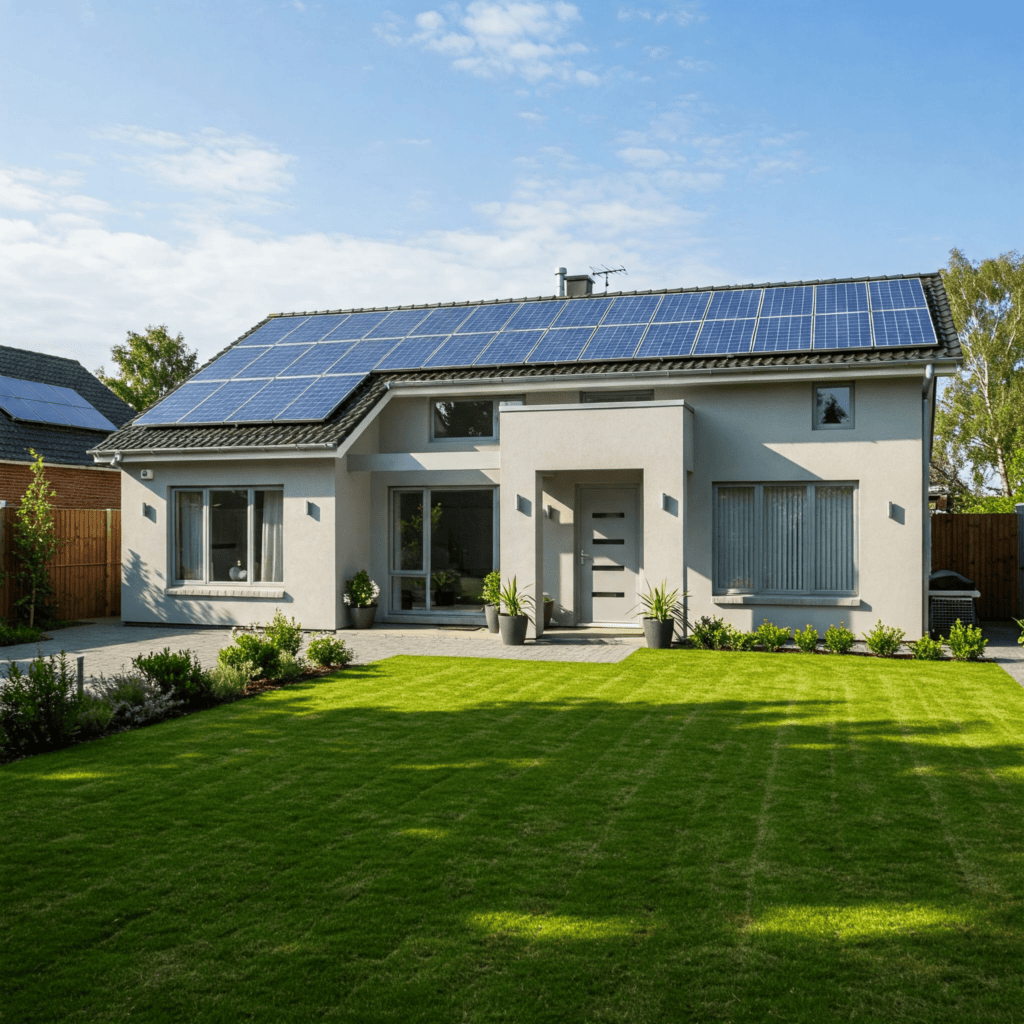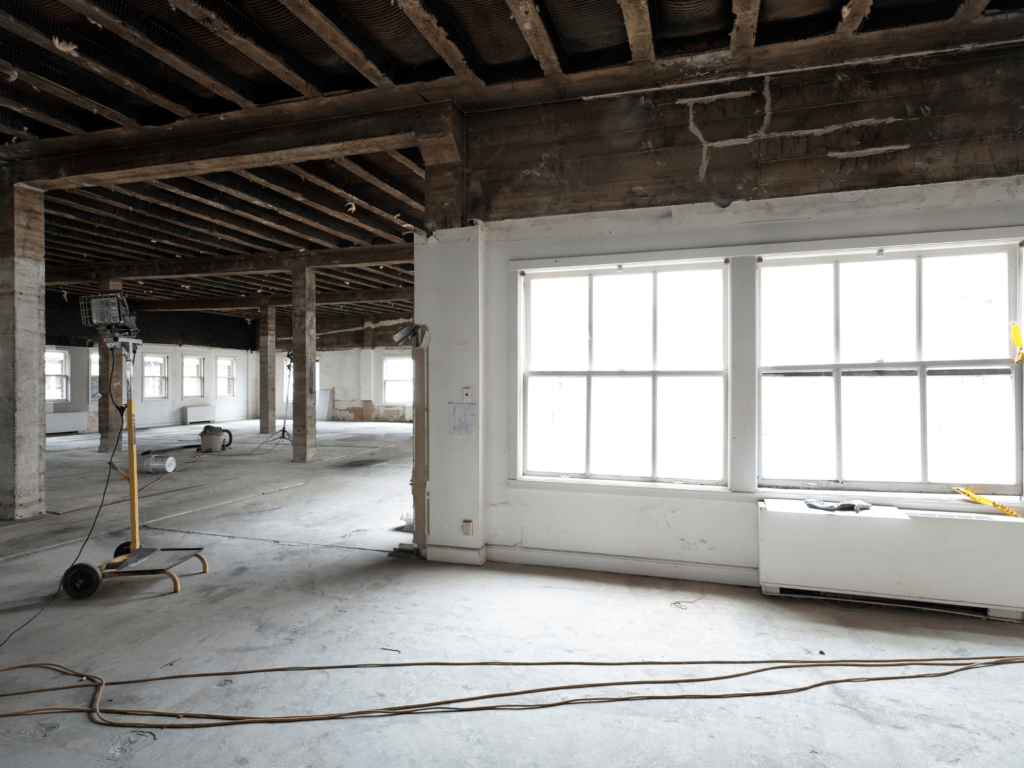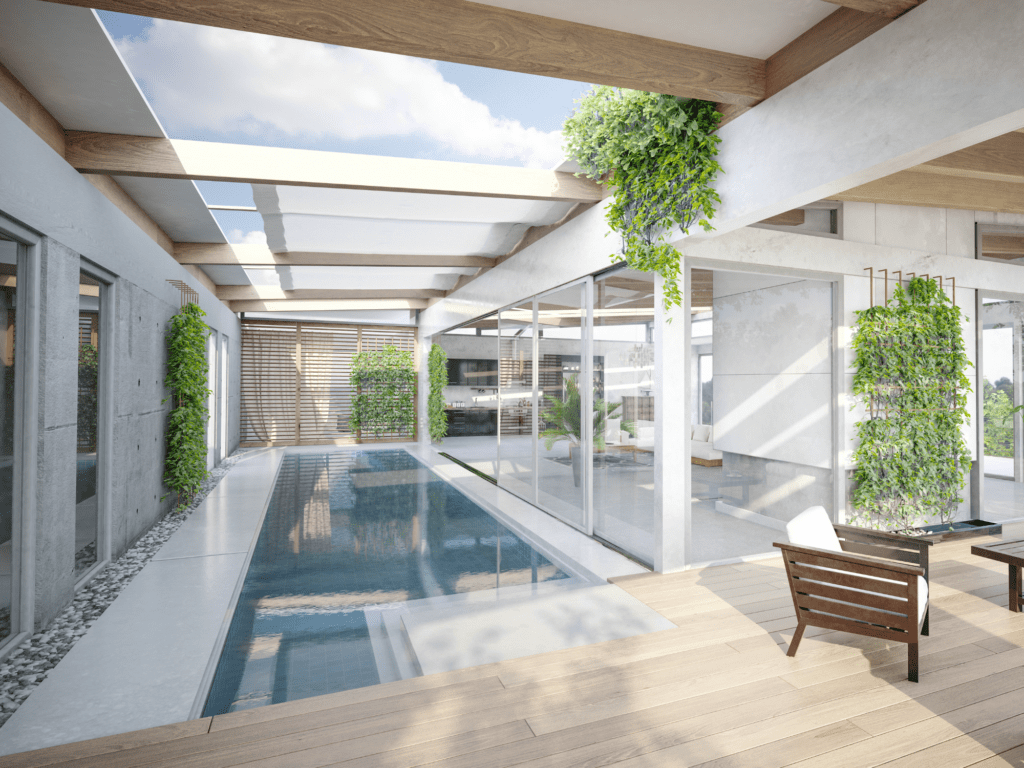Top Architectural Trends in the USA for 2025 – What’s Next?
Table of Contents
Introduction
Architecture is constantly evolving, driven by advancements in technology, shifts in societal needs, and growing environmental concerns. As we step into 2025, architectural trends in the USA are increasingly prioritizing sustainability, smart technology, and adaptive reuse. Keeping up with these trends is crucial for architects, designers, and real estate developers who wish to stay ahead of the curve. In this blog, we will explore the most significant architectural trends shaping the future of the built environment in 2025.
1. Sustainable & Green Architecture

Rise of Net-Zero and Carbon-Neutral Buildings
Sustainability continues to be a dominant force in architecture, with a strong push towards net-zero and carbon-neutral buildings. These structures are designed to generate as much energy as they consume, reducing their carbon footprint through renewable energy sources and efficient building materials. Government incentives and stricter building regulations are also driving the adoption of sustainable construction practices.
Integration of Solar Panels, Green Roofs, and Energy-Efficient Materials
Architects are incorporating eco-friendly elements such as solar panels, green roofs, and high-performance insulation materials to enhance energy efficiency. Green roofs not only improve insulation but also help manage stormwater and reduce urban heat islands. Additionally, the use of sustainable materials such as bamboo, recycled steel, and low-VOC paints is becoming more common.
Impact of Sustainable Urban Planning
Urban planners are focusing on creating walkable, eco-friendly cities with green infrastructure. Concepts like mixed-use developments, public green spaces, and sustainable transport systems are becoming standard in urban design. Cities are also implementing green zoning laws and eco-districts to promote energy efficiency and reduce carbon emissions.
2. Smart Homes & AI Integration
Growth of AI-Powered Home Automation
The integration of artificial intelligence in home automation is revolutionizing residential architecture. AI-driven systems optimize energy usage, enhance security, and offer personalized comfort settings. Machine learning algorithms can analyze usage patterns to adjust lighting, temperature, and even water consumption efficiently.
Use of IoT for Energy Efficiency and Security
The Internet of Things (IoT) is transforming home security and energy management. Smart lighting, automated climate control, and advanced security systems connected via IoT are now integral to modern smart homes. Homeowners can remotely control appliances and monitor security systems through mobile apps, enhancing convenience and safety.
Future of Self-Sustaining Smart Communities
Beyond individual smart homes, entire smart communities are emerging, equipped with AI-driven infrastructure, renewable energy sources, and sustainable waste management systems. These communities leverage smart grids, water recycling systems, and community-shared solar power to achieve sustainability goals.
3. Adaptive Reuse & Renovation Trends

Transformation of Old Structures into Modern Spaces
Adaptive reuse is gaining traction as a sustainable alternative to new construction. Architects are repurposing outdated buildings into contemporary spaces while preserving historical integrity. This trend not only reduces demolition waste but also enhances the character of urban landscapes.
Repurposing Historic Buildings for Contemporary Use
Many old factories, warehouses, and office buildings are being converted into vibrant residential, commercial, or mixed-use spaces, reducing waste and preserving architectural heritage. The use of modern insulation, lighting, and HVAC systems allows these buildings to meet current energy efficiency standards while maintaining their original charm.
Benefits of Adaptive Reuse for Sustainability and Cost-Efficiency
Adaptive reuse reduces demolition waste, conserves materials, and often costs less than new construction, making it an attractive choice for developers and urban planners. This approach also contributes to urban revitalization by breathing new life into neglected buildings and neighborhoods.
4. Biophilic & Nature-Inspired Design
Incorporation of Natural Elements in Architecture
Biophilic design is growing in popularity as architects strive to bring nature into built environments. Features such as indoor gardens, natural light optimization, and living walls create healthier spaces. The integration of water features, organic materials, and open-air designs further strengthens the connection between occupants and nature.
Benefits of Biophilic Design for Mental and Physical Well-Being
Studies show that exposure to nature enhances mental health, reduces stress, and improves productivity, making biophilic design essential in workplaces, homes, and healthcare facilities. Improved air quality, enhanced natural lighting, and the presence of greenery contribute to overall well-being.
Examples of Nature-Inspired Buildings
Architectural marvels like Amazon’s Spheres in Seattle and The Edge in Amsterdam showcase the potential of biophilic design, integrating natural elements to create immersive environments. New projects are now incorporating atriums, sky gardens, and timber-based construction techniques to enhance sustainability and aesthetics.
5. Minimalist & Modular Housing

Rise of Prefabricated and Modular Homes
The demand for affordable and efficient housing is fueling the rise of prefabricated and modular construction. These homes are built off-site and assembled quickly, reducing costs and environmental impact. The modular approach also allows for mass customization and scalability.
Cost-Effective and Time-Saving Construction Methods
Modular construction offers significant time and labor savings compared to traditional building methods, making it an ideal solution for urban housing shortages. Advances in 3D printing and automation further streamline the construction process, making high-quality housing more accessible.
The Shift Towards Compact, Functional Living Spaces
Minimalist architecture emphasizes functional design, efficient use of space, and sustainable materials, catering to a growing demand for simple yet stylish living environments. With rising urban density, micro-apartments and co-living spaces are becoming more common, prioritizing smart storage solutions and multi-functional areas.
6. Urban Resilience & Climate-Adaptive Design
Architecture Designed to Withstand Natural Disasters
With climate change intensifying, architects are focusing on resilient designs that can withstand hurricanes, wildfires, and earthquakes. Structures with reinforced foundations, impact-resistant materials, and flexible design elements ensure longevity and safety.
Flood-Resistant Buildings and Climate-Conscious City Planning
Innovative flood-resistant structures, elevated foundations, and permeable pavement are being incorporated into city planning to mitigate the effects of rising sea levels and extreme weather. Coastal cities are also implementing sea walls and floating architecture concepts.
Innovations in Resilient Building Materials
New materials such as self-healing concrete, fire-resistant timber, and energy-efficient glass are being developed to enhance the durability and sustainability of buildings. These advancements help create structures that are not only environmentally friendly but also resistant to extreme climate conditions.
FAQ’s:
Q1: How is sustainability influencing architectural trends in 2025?
Sustainability is driving a shift toward net-zero buildings, eco-friendly materials, and energy-efficient designs. Architects are integrating passive design strategies, solar panels, green roofs, and AI-driven energy management systems to reduce carbon footprints.
Q2: What are the key benefits of smart homes?
Smart homes enhance convenience, security, and energy efficiency. Features like automated lighting, climate control, and voice-activated systems improve comfort, while IoT-enabled security systems offer real-time monitoring. Energy-saving technologies also help reduce utility costs.
Q3: How is modular construction changing the housing industry?
Modular construction is revolutionizing housing with faster build times, reduced waste, and cost efficiency. Prefabricated modules allow for high-quality control, enabling affordable and sustainable housing solutions while minimizing on-site disruptions.
Q4: What role does biophilic design play in modern architecture?
Biophilic design incorporates natural elements like greenery, water features, and ample natural light to enhance well-being and productivity. This approach fosters a stronger connection to nature, reduces stress, and improves indoor air quality in homes and workplaces.
Q5: Will adaptive reuse become the norm for urban development?
Yes, adaptive reuse is gaining traction as cities prioritize sustainability and heritage preservation. Transforming old buildings into functional spaces reduces demolition waste, lowers costs, and maintains cultural identity, making it a preferred choice for urban renewal.
Conclusion
The architectural landscape in 2025 is defined by sustainability, technology, and adaptive design. As these trends continue to shape the built environment, embracing them is crucial for forward-thinking architects and developers.
Looking to incorporate these trends into your next project? Contact Unified Studio Architect today for expert architectural solutions!
